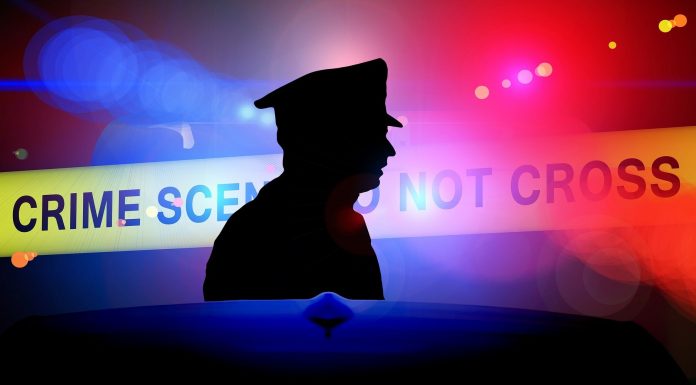(The Center Square) [Illinois] Gov. J.B. Pritzker announced the second round of taxpayer-funded opportunities for community organizations working on interrupting violence across the state. One state representative believes the state should take a different approach.
On Monday, Pritzker announced the launch of $113 million in funding opportunities for community organizations working on violence prevention and interruption across the state.
This funding builds on $73 million already distributed by the Illinois Department of Human Services to organizations in 2022, as well as an additional $71.8 million in the pipeline, with grant agreements expected to be finalized before the summer, a news release from the governor said.
Pritzker said the program is about helping those who need it the most.
“This is an unprecedented effort to stop the cycle of violence in our communities and invest resources in the communities where they are needed the most,” Pritzker said. “From expanding summer jobs to investing in behavioral health programs and youth development, we are bringing historic levels of funding to proven programs that prevent violence and keep people safe.”
State Rep. Mark Batinick, R-Plainfield, said that the programs are not as “proven” as the governor said they are.
“It is always going to be hard to quantify and say is this doing something good or did this make a difference,” Batinick said. “We do not have a good history of that in Illinois, going back to the [Gov. Pat Quinn] days and the NRI, Neighborhood Recovery Act.”
The Neighborhood Recovery Initiative program implemented in 2010 included $50 million in funding designed to slow violence. Despite the funding, a 2012 CNN investigation found murders increased nearly 20% over 2011.
That wasn’t all.
“The second scandal, which once again gives me pause about what this money is going to go to, I know that money was spent to pay people to march in a parade, well that has no lasting effect,” Batinick said of the NRI.
Batinick suggested that instead of using funding for programs like these, Pritzker should consider taking another approach.
“To me, the best social program is a job,” Batinick said. “One of the things that are hurting these areas is a lack of investments in the area frankly just due to ridiculously high property taxes.”
Batinick went on to say that many businesses do not want to open up in these areas due to the high taxes, which is leading to individuals having fewer job opportunities.
“These areas, especially for commercial businesses, have extremely high property taxes,” Batinick said. “I wonder if $100 million of targeted property tax relief would actually do more to curb violence long term than a one-off program,” said Batinick.
Organizations interested in this second round of violence prevention funding can find resources, including navigator and technical assistance programs and webinars. Resources are available at DHS.illinois.gov/Grants.
The funds are available in neighborhoods that have experienced concentrated firearm violence, including 42 areas across the state with 26 in Chicago, and 16 in the suburbs.



